Data Privacy: The Key to Aligning AI Innovation and Cybersecurity

We tackle escalating cyber threats like ransomware and AI-driven attacks while ensuring compliance with critical regulations, such as the Guideline on Cybersecurity (GL20), the Protection of Critical Infrastructures (Computer Systems) Bill, and the Payment Card Industry Data Security Standard (PCI DSS). Our service is designed to support technology ecosystems that seamlessly merge the best of both worlds, enabling your organization to The digital team has republished the new post, which is the only way to update the image. stay ahead in a complex digital landscape.

Security Information and Event Management (SIEM):
Real-time monitoring and correlation of security events

Endpoint Detection and Response (EDR):
Detects and mitigates endpoint threats

Network Sensors:
Monitors and protects against network intrusions

Threat Intelligence Platforms:
Provides actionable insights using AI and global threat feeds

Automation Tools:
Optimizes workflows for faster detection and response

Log Retention:
Ensures compliance with global cybersecurity standards

Key Features and Benefits

Security Monitoring
Provides 24/7 threat detection to ensure compliance, minimize risks, and identify suspicious activities

Incident Response
Ensures compliance, reduce risks, maintains runtime, and mitigates security incidents

Threat Intelligence
Strengthens defenses with analytics and threat feeds to predict and prevent attacks

Rapid Recovery
Resolves incidents efficiently with SOC coordination, ensuring seamless operations and continuity

Enhancement
Elevates security posture with SOC analytics and continuous testing to adapt to evolving threats

Why choose LPS?
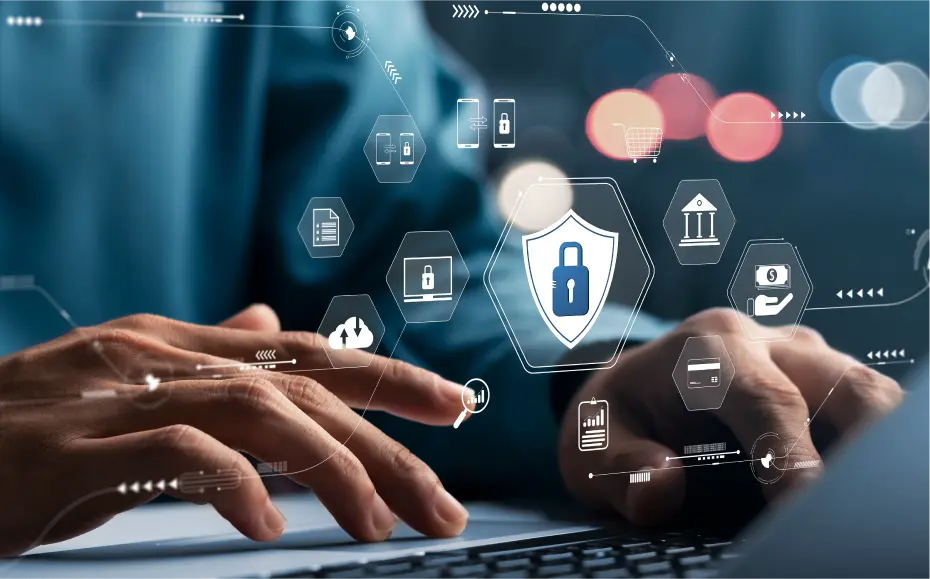
End-to-End Cybersecurity Ecosystem
Delivers comprehensive solutions with proprietary tools, services, training, and R&D
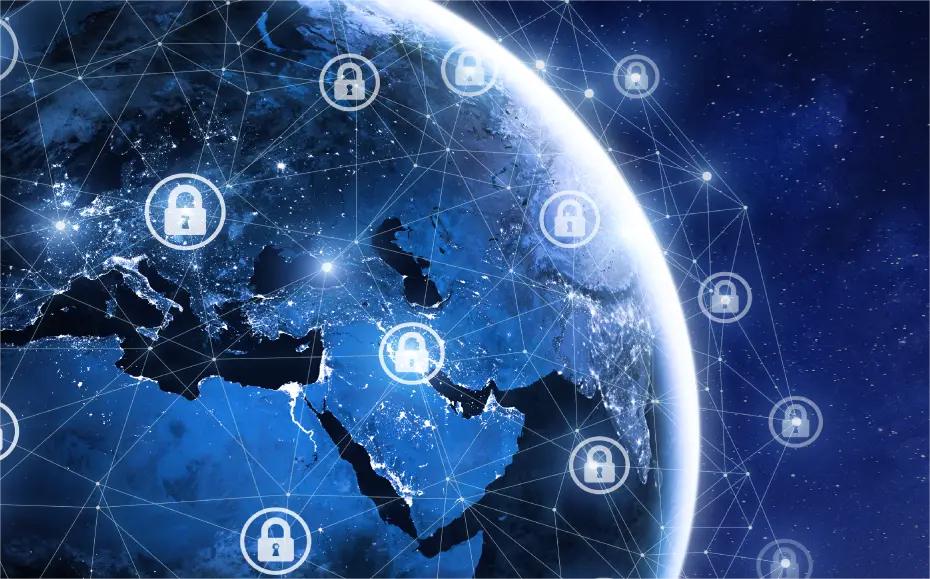
Global Compliance
Adheres to PCI DSS, Chinese cybersecurity laws, and global regulations

Proven Expertise
Backed by a team with extensive expertise in managing complex cyber threats

Seamless Integration
Bridges Western and Eastern technologies for flexibility

Scalable Solutions
Tailored for all sizes of enterprises, adapting to diverse industry needs

1 Assessment and Planning
Conducts security audits, defines processes and compliance goals

2 Technology Integration
Deploys and configures security tools, ensuring compatibility with Western and Eastern systems

3 Employee Training
Provides platform training to boost user confidence and operational efficiency

4 Monitoring and Threat Detection
Initiates 24/7 monitoring with real-time alerts and threat intelligence
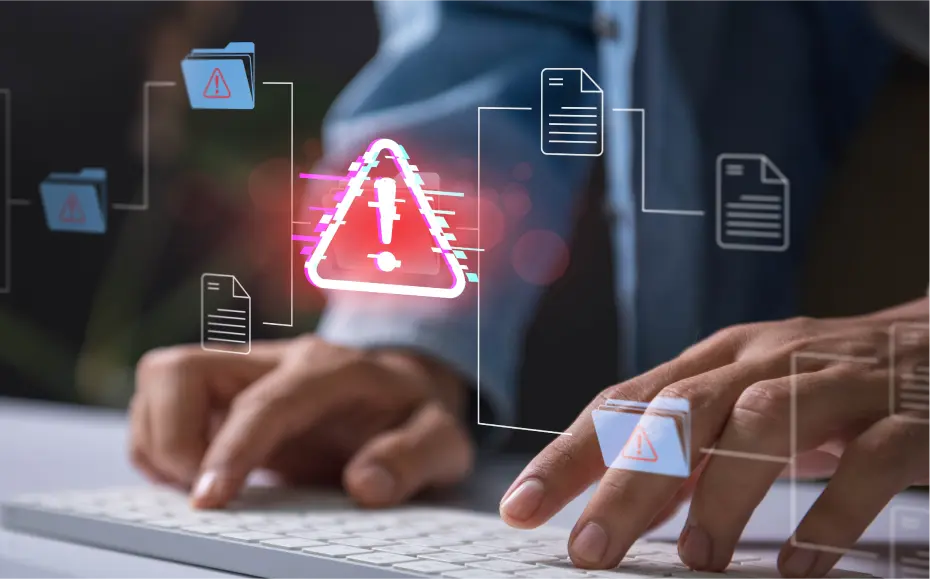
5 Incident Response and Mitigation
Responds to threats using structured processes for rapid resolution

6 Compliance and Optimization
Maintains log retention, optimize detection rules and workflows
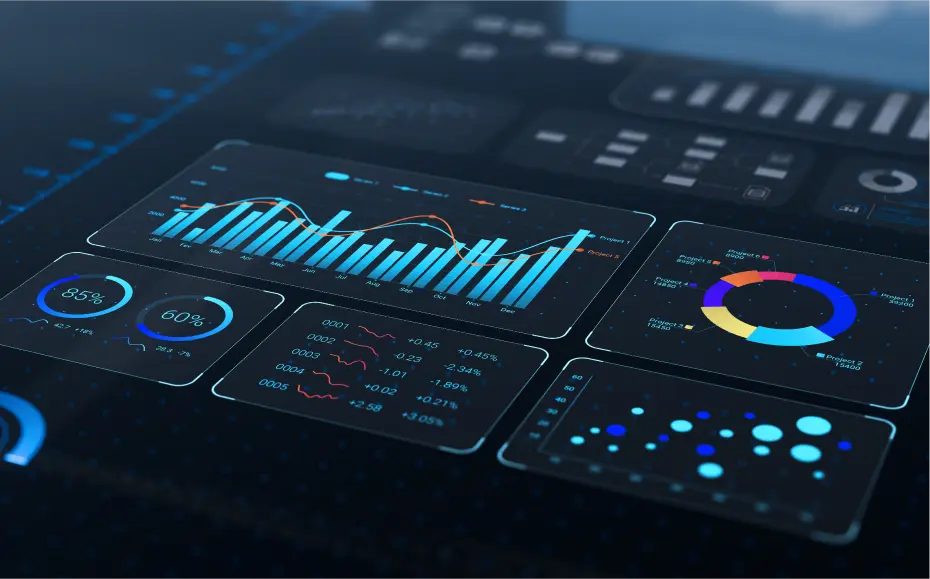
7 Reporting and Review
Provides regular insights and review to plan improvements
Use Cases

Financial Services:
Monitors transactions, ensures PCI DSS compliance, and prevents fraud to protect customer data

Retail:
Secures POS and e-commerce platforms, preventing data theft and ensuring seamless online transactions

Manufacturing:
Protects IoT and ICS systems, prevents supply chain attacks, and safeguards intellectual property

Public Sector:
Secures citizen data and critical infrastructure, ensures compliance with global standards, and protects critical services

Utilities:
Secures smart grids and OT systems, ensures compliance, and mitigates cyber-physical attacks

Our Strategic Partners
Empowering Success Through Collaboration

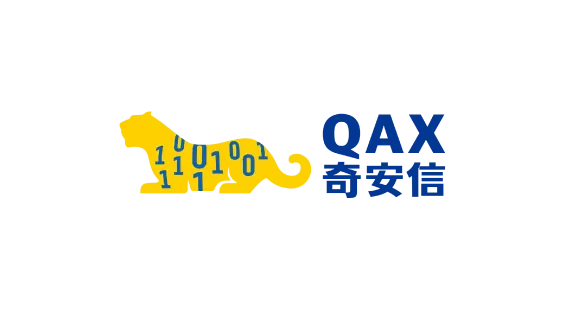

Integrated with Leading Technologies


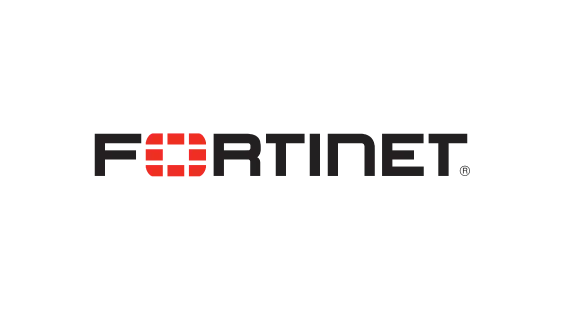







Empowering Insights


Psychology Meets AI: The New Frontier of Social Engineering Cyberattacks

The Future of Cybersecurity for Critical Infrastructure Operators
FAQ
How does the service ensure compliance?
Can you integrate with both Western and Eastern technologies?
How often are cybersecurity insights provided?
What types of threats can you detect?
How scalable is the service?
DOWNLOAD








